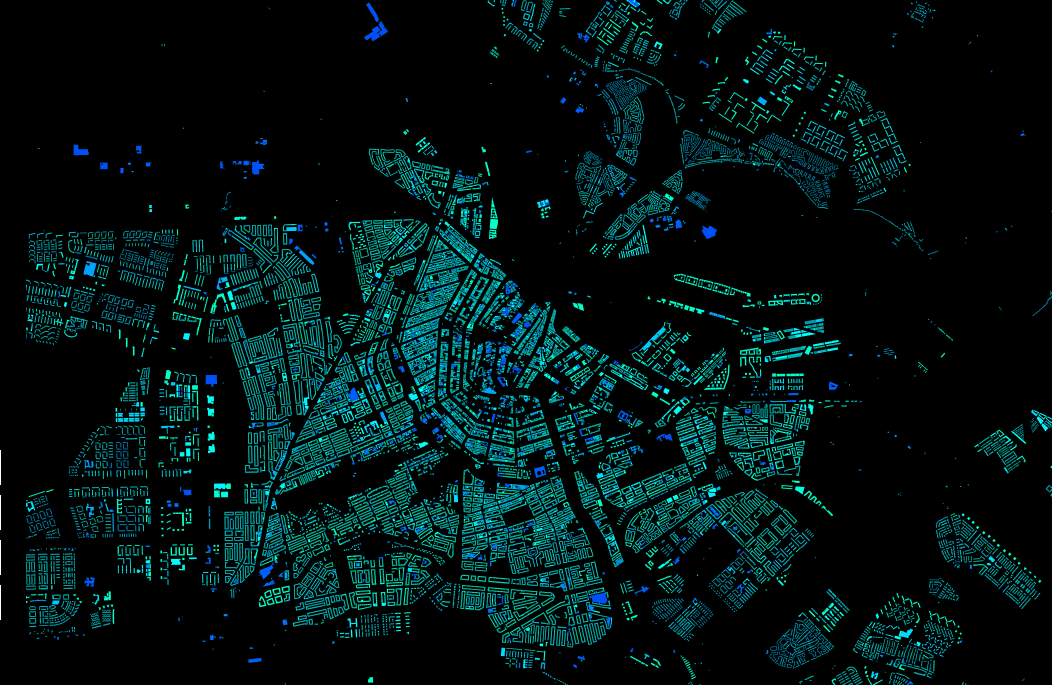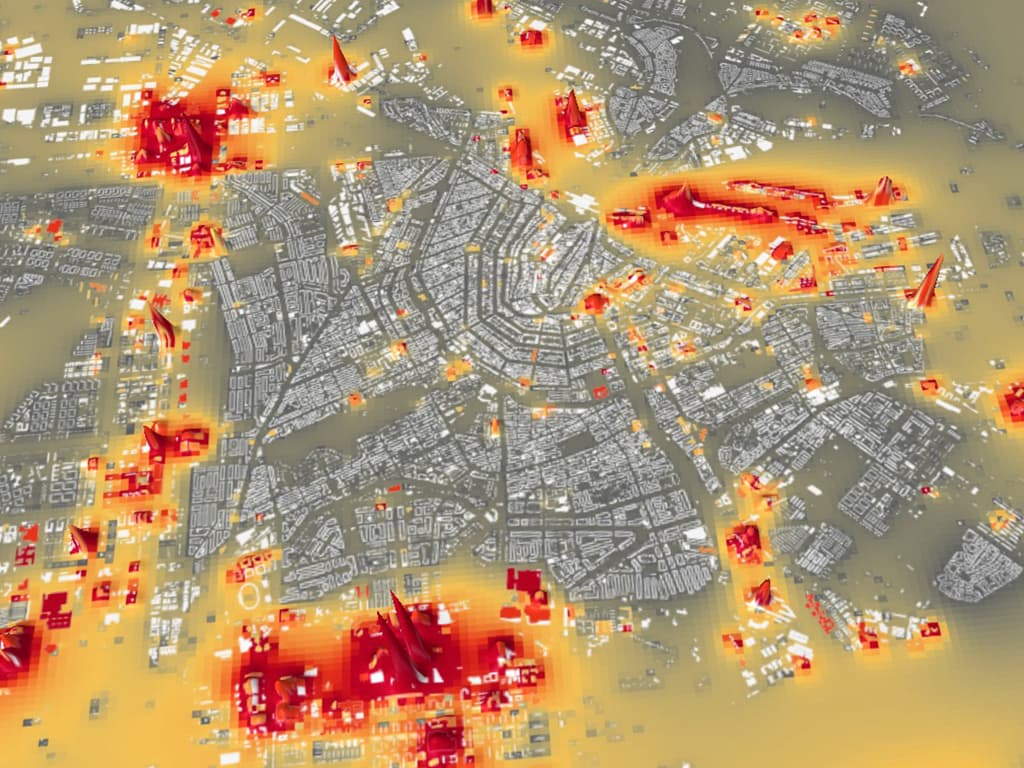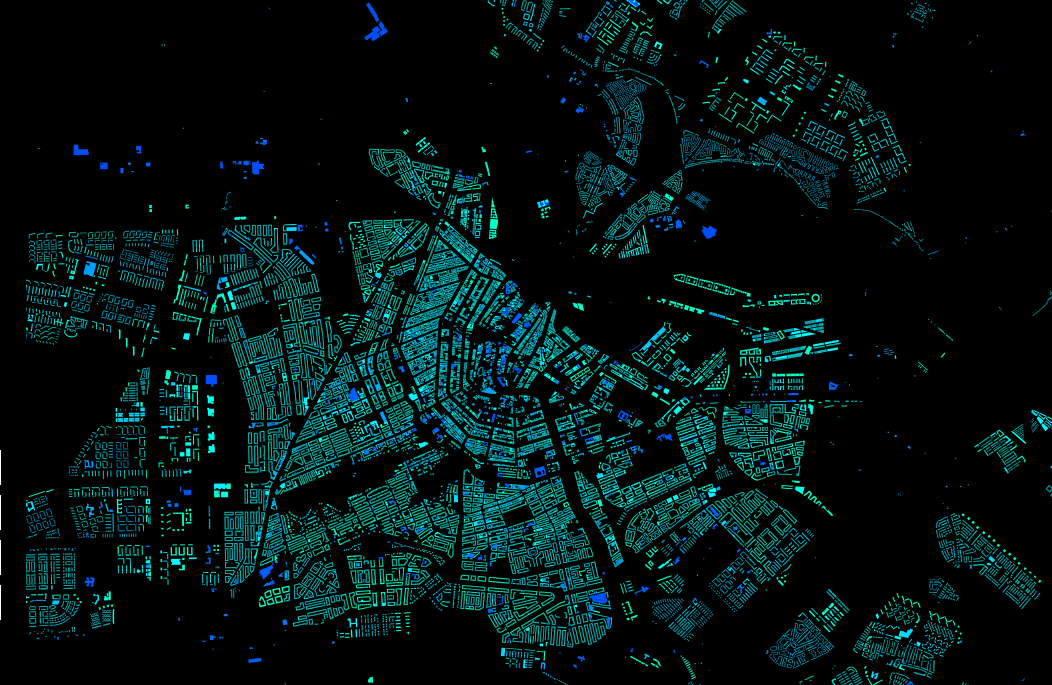The buildings of Amsterdam contain tons of steel, copper, aluminum and lead. Amsterdam can be seen as an urban mine. In a circular economy, under conditions, the metals of Amsterdam can be mined. Leiden University wrote scenarios of urban mining. TU Delft developed methods to deduce metal content of buildings. Waag made a geological map of the built environment of Amsterdam. Metabolic did a ground truth check. Finally, Leiden University wrote a draft mining plan. Together, in the project PUMA, we found out under what conditions Amsterdam as urban mine is viable.
Amsterdam harbours tons of steel, copper, aluminum, gold. Steel in high-rise buildings, copper in the cables, aluminum in window frames, gold in the telephones.
Obviously, the metals are in use and not free to process yet. It will take time before you can get them out. But in the mining industry this is business as usual – getting any mine running takes decades. Traditionally, mines are underground. There is iron, copper and aluminum in the earth. Ore concentrations are going down, and it takes ever more energy to get the metals out. Worldwide, 7-8% of all energy consumption is now used to producing metals. It takes far less energy to take the metals from urban mines. Still, we have to ask: can it be done? Is it worthwhile?
The first step in any mining process is prospecting: the first stage of the geological analysis by physical search for minerals and precious metals. To start, we need to make a geological map of the built environment. Where are the metals, how much, what is the quality, when will these metals become available? We teach the principles of this in a two-year master course, called industrial ecology, run in cooperation between Leiden University and the Technical University of Delft. We participate in a European project, MICA, a consortium involving the European geological bureaus, to develop the methodology of urban prospecting.
This project, Prospecting the Urban Mines of Amsterdam (PUMA) delivered two products. The first is a geological map of the built environment. The results will be shared as open data and visualized in an interactive geological map, giving an overview of available resources, their quality and ‘time to mine’. The second is an outline for an urban mining plan, indicating the steps needed to actually exploit the urban mine. We intend to take this idea further in other, larger projects, funded for example by the EU Horizon 2020 program or the KIC Raw Materials.
The project was a joint research of TU Delft, Waag, CML Leiden University, and Metabolic. Project leader was Ruben Huele.


Meta data
Project duration
Links
Publications
Financiers
- AMS Institute
